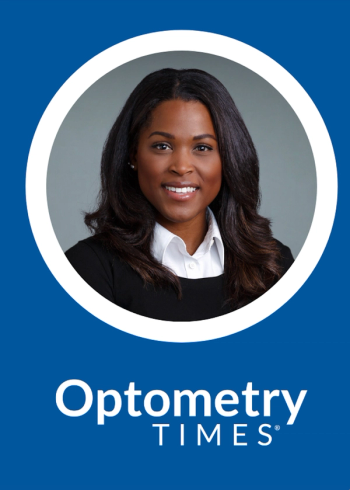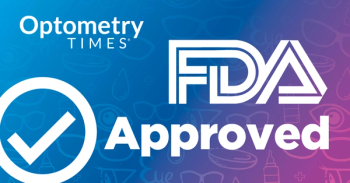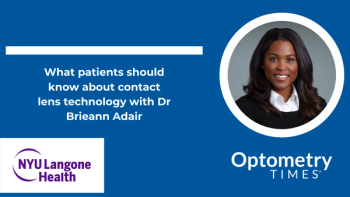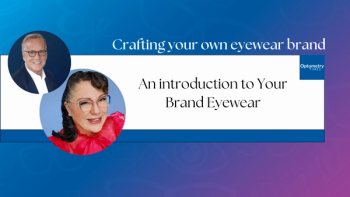
AAOpt 2025: Don't fall behind when trying to keep up with dry eye
Erin Rueff, OD, PhD, FAAO, details the best ways to stay up to date with dry eye developments and innovations.
Alongside Elaine Chen, OD, FAAO, FSLS, Erin Rueff, OD, PhD, FAAO, presented an in-depth session that provided a comprehensive review of recent developments in dry eye treatment. Both Chen and Rueff run a dry eye clinic, with Rueff noting that it still remains difficult for her to staying up to speed with all things dry eye. Rueff emphasized the complexity and rapidly evolving nature of dry eye management. The presentation covered 3 primary areas of focus:
Diagnostic approach
Rueff highlighted the DEWS III report, which emphasizes the multifactorial nature of dry eye disease. She stressed that patients cannot be simply categorized into one diagnostic bucket, but rather require a holistic approach considering multiple contributing factors.
Meibomian gland disease treatments
Rueff noted that meibomian gland disease is the most common type of dry eye. She was particularly excited about innovative treatments like intense pulsed light (IPL) and radio frequency (RF) technologies. Unlike previous treatments that merely cleaned glands, these new approaches actually address the underlying disease process. Key technological advancements include:
- Treatments that target the root cause of meibomian gland dysfunction
- Technologies that treat the underlying pathological processes
- Methods that go beyond temporary symptom management
Aqueous deficiency and inflammatory treatments
The presentation highlighted recent pharmaceutical developments, particularly new topical medications with innovative mechanisms of action. These include:
- Medications targeting nerve function
- Drugs that interact with cold receptors
- Advanced immunomodulators
- Medications addressing neuropathic dry eye symptoms
Rueff emphasized several critical points:
- Dry eye is complex and individualized
- Most patients likely have some level of meibomian gland disease
- Treatment should first focus on optimizing meibomian gland health
- Systemic conditions and medications play significant roles in dry eye development
Their goal was to provide clinicians with a comprehensive framework for understanding and selecting appropriate treatments for individual patients, recognizing that no single approach fits all cases. The presentation underscored the rapid evolution of dry eye treatment, with new technologies and pharmaceuticals continuously emerging to provide more targeted, effective interventions.
Newsletter
Want more insights like this? Subscribe to Optometry Times and get clinical pearls and practice tips delivered straight to your inbox.



















































.png)


